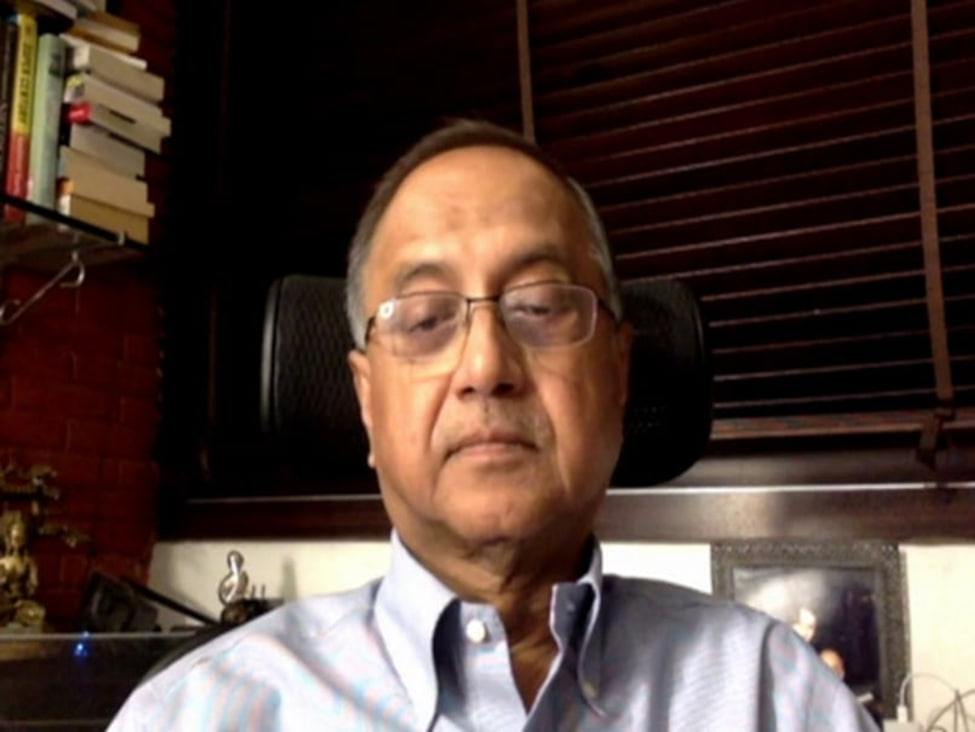The former head of the BCCI’s anti-corruption section acknowledged that fixing is only the proverbial “minuscule percentage of the large-scale chicanery that cricket administrators indulge in.”
The Anti-Corruption Unit (ACU) of the BCCI was headed by former police officer Neeraj Kumar in 2015.
When Neeraj Kumar was appointed head of the BCCI’s Anti-Corruption Unit in 2015, he made his debut in the world of cricket (ACU). According to Kumar’s book “A Cop in Cricket,” during his three-year tenure he allegedly realized that fixing was only a small part of the larger corruption that cricket officials engaged in. His “witness statement of the three critical years of the national cricket organization caught in the throes of change” and his time as ACU at the BCCI from June 1, 2015, to May 31, 2018, respectively, are both detailed in the book published by Juggernaut Books.
Kumar’s book endeavors to paint a vivid picture for its readers, portraying the unscrupulous activities that often take place in the guise of cricket within our nation.
He continues by claiming that when choosing teams, “unsavory things also happen at the community level.” The selector, the prospective cricketer, or his family “remain in control of those events.” He asserts that during his time at the BCCI, his squad was required to investigate a number of these complaints, including a few in which young cricketers were asked for sexual favors.
In his three years of working at the BCCI, the author notes that the problem of corrupt activities perpetrated by cricket officials is far more significant than just the act of match-fixing.
Kumar acknowledges that the Indian Premier League (IPL) has led to a substantial increase in revenue for Indian cricket. However, he highlights that a significant portion of these funds is being misappropriated, particularly by state cricket associations. To illustrate this point, Kumar cites the case of top members of the Jammu & Kashmir Cricket Association (JKCA), who were charged with embezzling millions of rupees provided to them by the BCCI in 2015, as uncovered by the Central Bureau of Investigation (CBI).
Additionally, he alleges that numerous undesirable activities occur at the grassroots level during the process of team selection. Kumar asserts that these occurrences are typically kept confidential between the selector and the aspiring cricketer or their family. He further maintains that his unit at the BCCI had to investigate numerous such complaints during his tenure, including instances where young cricketers were solicited for sexual favors.
As per Kumar’s account, numerous players and their guardians would often approach them with a lamentable tale of how they were swindled out of lakhs of rupees by unscrupulous coaches or officials. These individuals had made lofty promises of securing a place for them in either the IPL or Ranji team, only to vanish into thin air, leaving them in a state of abandonment and distress.
The book also highlights that Kumar discussed how the Supreme Court appointed Vinod Rai to lead the Committee of Administrators (CoA) of the BCCI in 2017, and during this time, the then BCCI CEO Rahul Johri maintained a close relationship with Rai, akin to that of a father and son. Kumar notes that, in this relationship, the “father” figure was unwilling to entertain any criticism against his “prodigal son.”

Kumar asserts that he alerted Rai to a number of Johri-related problems.
“He always listened to me patiently and gave me the impression that he was on my side and would punish Rahul Johri appropriately.” He writes, “But I noticed he did nothing of the type.” As I reflect on the timeline of what happened, I continue to be horrified and enraged. In a meeting, the defaulting CEO and the top administrator plotted to humiliate me and place the blame for their own wrongdoings on me. They also told a journalist about their plans.
Even more upsetting, the author claims, Rai appeared to be on my side just a few hours earlier and behaved in the meeting in the manner that his CEO had scripted for him, despite being aware of all the facts.
Additionally, Kumar claims that after the departure of Anurag Thakur, who had tightly controlled Johri, the CEO began to take charge. The “blue-eyed boy of Rai,” Johri, had political influence thanks to a strong central minister who supported him.
The author contends that the primary goal of cricket officials in India should be to guarantee that aid for struggling lower-level players who require assistance—whether financial or otherwise—reaches only the deserving.
Additionally, Kumar claims that Indian supporters are treated horribly.
“Few stadiums can brag of a top-notch spectator facility with clean restrooms, the availability of hygienic food and refreshments, clean drinking water, parking facilities, easy accessibility, firefighting equipment, and so forth.” He claims that the so-called cricket administrators, the majority of whom have never held a cricket ball or bat in their lives, end up as the main beneficiaries of the money earned by cricket in this country, at the expense of the fans of the game and the players. “The board generates enormous revenue because of the fans, but sadly, nobody cares about them,” he says.
Kumar states, “I have always had qualms about this point of view” in reference to legalizing gambling. First off, no political group in power would take the chance of allowing sports betting. However, there would be significant political repercussions from such a move, making it unlikely to occur anytime soon. “More importantly, even if the government legalized betting, how many bettors would step forward to place their wagers using “white money”?”


